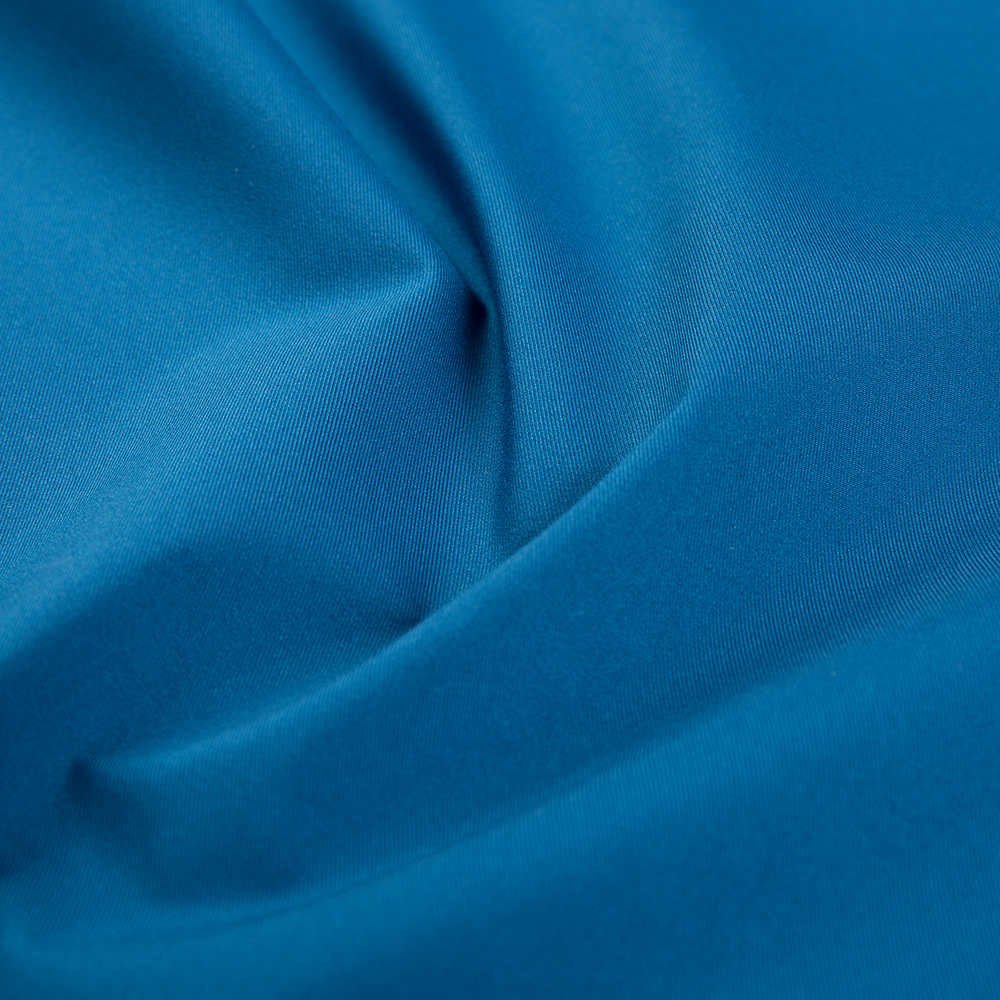The production process of TPU laminated fabric involves the lamination between TPU film and fabric. This fit can be achieved through a variety of methods, including post-attachment and in-line lamination. The post-lamination process usually involves purchasing the TPU film from outside, and then completing the gluing and bonding process with the fabric in the factory. Online lamination is more integrated, with or without gluing directly on the fabric, and the TPU is drooled on the fabric to form a composite cloth. These laminating processes require precise control and manipulation to ensure a secure fit between the film and fabric.
The production process of TPU laminated fabric may involve reprocessing of the TPU film. For example, the TPU film may need to be treated with high temperature and pressure to further enhance its bonding with the fabric. However, this process requires strict control of process parameters to avoid damage to the film or the formation of small holes.

TPU laminating fabrics may also use specific compounding processes during the production process, such as hot sol powder dot coating compounding, hot sol slurry dot compounding, hot sol powdering compounding, etc. These processes can further improve the bonding strength between the TPU film and the fabric, and give the composite fabric specific functionality, such as waterproof, breathable or cold-proof and warm.
At the same time, the manufacturing process of other fabrics may focus more on the spinning, weaving, printing and dyeing of fibers rather than the fit of the film to the fabric. For example, chemical fiber fabrics may be made through yarn making, weaving, dyeing and finishing, while denim and nylon fabrics have their own specific weaving methods and material compositions.











